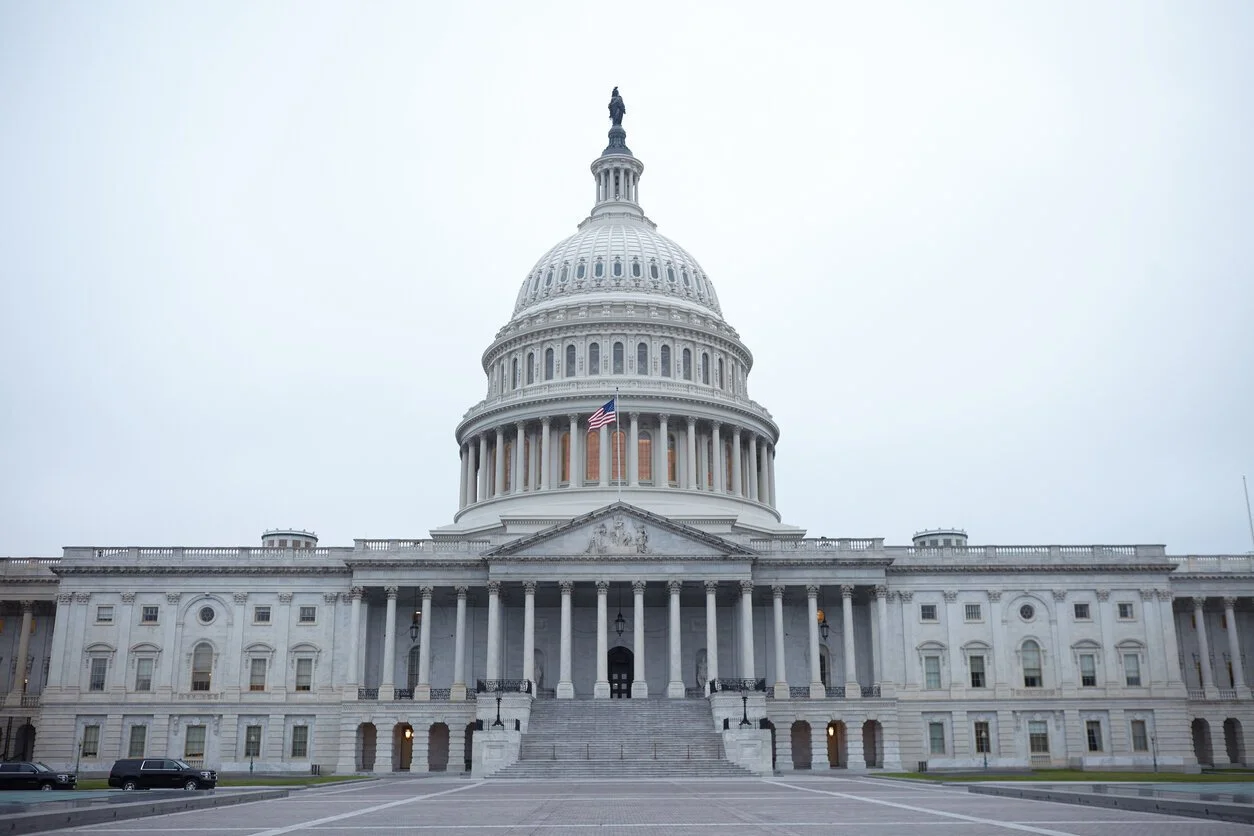House Budget Committee Report Highlights Threats to Federal Benefits
A report from the House Budget Committee on the House version of republicans' proposed budget resolution provides a clear glimpse of how impacted federal employees could be, under a "worst case scenario."
Currently, the House version of the legislation contains changes to the formulations of the government's maximum contribution to insurance premiums under the Federal Employees Health Benefits Program (FEHBP). The companion legislation in the Senate contains no such provisions.
Were the House version of the legislation successful, a new formula would determine premium contributions via a brand-new formula that would grow "at the rate of inflation for retirees." The current formula, by contrast, is based on a weighted average of changes in premiums across all FEHBP plans.
The new proposal would also tie retired federal employees' health benefits to their length of service, which "would reduce premium subsidies for retirees who had relatively short federal careers."
According to coverage of the House budget plan by Government Executive, enrollees' contributions to their premiums could rise to over 50 percent within eight years, and to 80 percent within 20 years, as a result of inflation within the medical field traditionally outpacing inflation in most other sectors of the economy.
Numerous groups representing federal employees have come out against the House version of the budget proposal. According to Renee Johnson, National President of the Federal Managers Association, “Feds are the backbone of the American middle class, and to cut their compensation to make way for tax reform touted as a benefit for the middle class is downright hypocritical. Too often, for too many years, federal employees have been in the crosshairs for budget cuts. It is unfair and shortsighted for Congress to view federal employees' retirement benefits and compensation as a gift.”
Federal employee groups also expressed concerns that the proposal could push a large percentage of participants into the plan's cheapest options, thus further increasing premiums.


